River and Woodland
This short walk explores the environs of Newcastleton itself and is attractive at all times of the year.
- From the North end of Douglas Square walk down to the Liddel Water along the Riverside path passing Whithaugh pool at one time a favourite bathing place. Amongst the birds you might see are dipper, pied wagtail, oyster catcher and heron. Across the river are the lands of Whithaugh, owned by the Armstrong family in their reiving days.
- Swing left with the path past the auction mart, a busy place when livestock are being sold, after about 1km/0.6miles the path curves left up to a stile. Reach the road and turn right for a few metres, then left (at the village sign) to cross the bridge over the former railway line. This was the famous Waverley line from Edinburgh to Carlisle; Newcastleton station opened on March 1st 1862 and for much of the ensuing century it was possible to travel directly to London from here. The line closed very much against local wishes in January 1969.
- Pass through and iron gate and take the track to the left, in about 100 metres enter the wood by a stile and a wooden bridge. There are lovely wild flowers in Spring including hyacinths and bluebells and the summer birds include woodpeckers.
- Follow the path along the upper edge of the wood until just before a deep gully, a small path leads down to the left, this is a short cut back to the village. To continue the full walk cross two bridges and continue along the edge of the wood until the Bull Park enclose don the far side by a stone wall. Here the villages used to keep a bull beside the common grazing land on Holm Hill.
- The next bridge takes you over the mill lade which runs form 5km/3miles down the hill from where it has been diverted from the Black Burn. There were two manmade ponds nearby, one used to supply water for the railway engines at the station, the other for the saw mill.
- Climb the steps across two stiles and descend a steep bank to the Newcastleton/Langholm road, you can see the ruined saw mill on the left. You can walk down the road back to the village or turn right up the hill to Holmhill Cottages, originally built as an isolation hospital. It was built in 1906 because infectious diseases were rife at the time, but it was relatively little used and closed in 1930. Cottage No3 incorporates the hospitals former wash house and mortuary.
- Go through the gate just below the cottages and follow the lane, near the end of which a steep path will lead you down to the old railway line. Cross the stile, turn left and walk back to the village along the old line.



